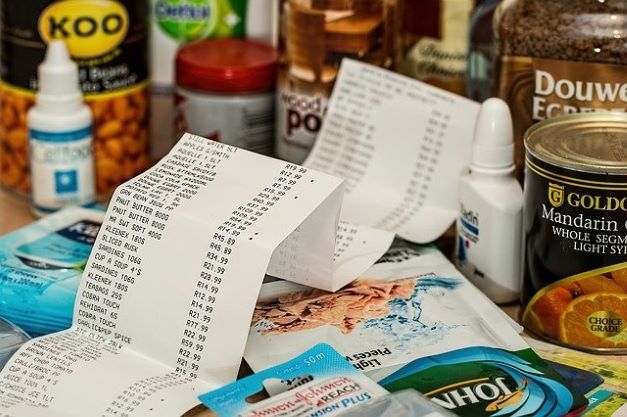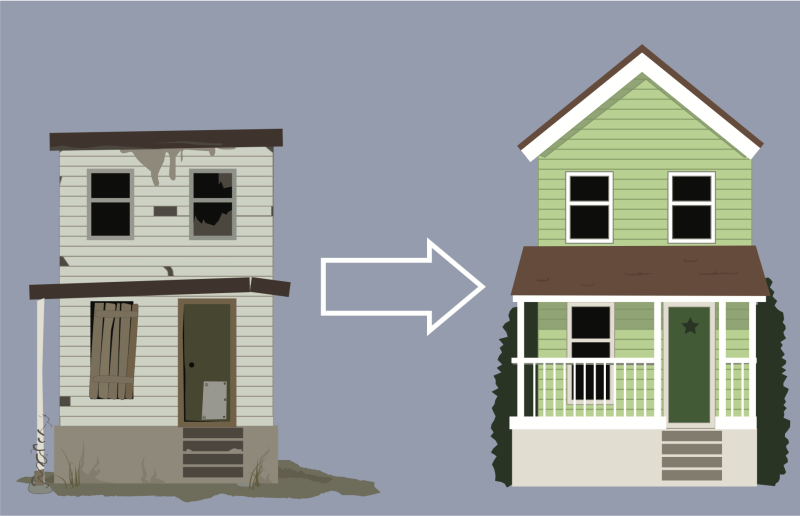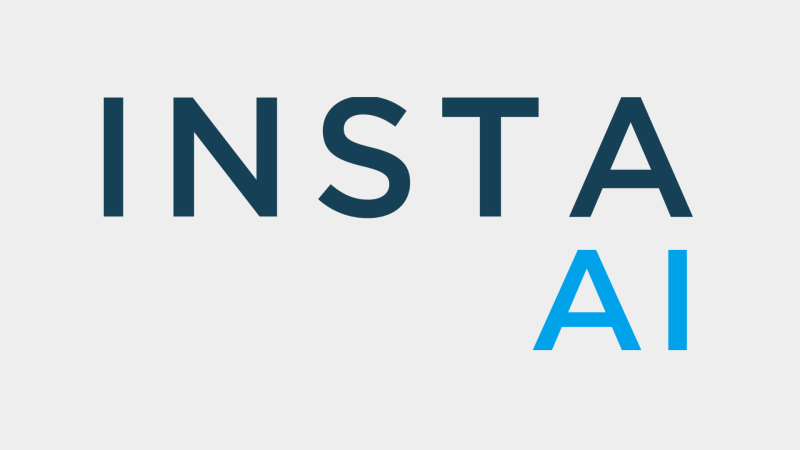
January’s Inflation Rate Worst In 40 Years

Consumer Price Index soaring 7.5% from a year earlier poses a renewed challenge for The Fed
- Over the past 12 months, the all-items index has increased 7.5% before seasonal adjustment, the largest 12-month increase in 40 years (since the period ending February 1982)..
- The 7.5% increase in consumer prices beat the estimate of economists surveyed by the Wall Street Journal, who had estimated a 7.2% rate.
- Moody’s Investors Service has estimated that 7% inflation adds approximately $250 a month, or $3,000 a year, in costs for the average U.S. household.
Inflation continued unabated in January, with consumer prices rising 7.5% from a year earlier, the U.S. Bureau of Labor Statistics (BLS) reported today.
According to the BLS, the Consumer Price Index for All Urban Consumers (CPI-U) increased 0.6% in January on a seasonally adjusted basis, the same increase as the revised number for December. But over the past 12 months, the all-items index has increased 7.5% before seasonal adjustment, the largest 12-month increase in 40 years (since the period ending February 1982).
The 7.5% increase in consumer prices beat the estimate of economists surveyed by the Wall Street Journal, who had estimated a 7.2% rate.
According to the Journal, Moody’s Investors Service has estimated that 7% inflation adds approximately $250 a month, or $3,000 a year, in costs for the average U.S. household. Moody’s determined that amount by comparing spending under 7% inflation vs. spending when inflation was 2.1%, which was the average for 2018 and 2019.
The Journal said the effect of those additional costs is uneven, because prices jumped more for some goods and services than others. It added that millennials, Latinos, and the middle class feel the greatest impact on their household budgets.
According to the BLS, increases in the indexes for food, electricity, and shelter were the largest
contributors to the seasonally adjusted all-items increase:
- The food index rose 0.9% in January, following a 0.5% increase in December, but was up 7% from a year earlier;
- The electricity index rose 4.2% in January, surging up from 0.5% in December, but was up 10.7% from a year earlier;
- The shelter index rose 03% in January, following a 0.4% increase in December, but was up 4.4% from a year earlier.
The energy index increased 0.9% over the month, with an increase in the electricity index being partially offset by declines in the gasoline index (-0.8%) and the natural gas index (-0.5%). Over the past year, the energy index has risen 27% and the food index increased 7%.
The index for all items excluding food and energy, which are considered more volatile than other items, rose 0.6% in January, the same increase as in December. This was the seventh time in the past 10 months it has increased at least 0.5%. Over the past year, the all items excluding food and energy index increased 6%, also the largest 12-month change in nearly 40 years, or since the period ending August 1982.
Along with the index for shelter, the indexes for household furnishings and operations, used cars and trucks, medical care, and apparel were among many indexes that increased over the month.
Only a few indexes decreased in January; in addition to gasoline and natural gas, they included lodging away from home (-3.9%) and wireless telephone services (-0.1%). The index for new vehicles was unchanged over the month.
The Federal Reserve has said it plans to tighten its monetary policy in hopes of taming inflation, recently announcing plans to not only end its purchases of Treasury bonds and mortgage-backed securities next month, but to also reduce its balance sheet. It also has said it expects to raise the target range for the federal funds rate by at least a quarter point; the first increase is expected to be imposed during following the next meeting of the Federal Open Market Committee in mid-March.




